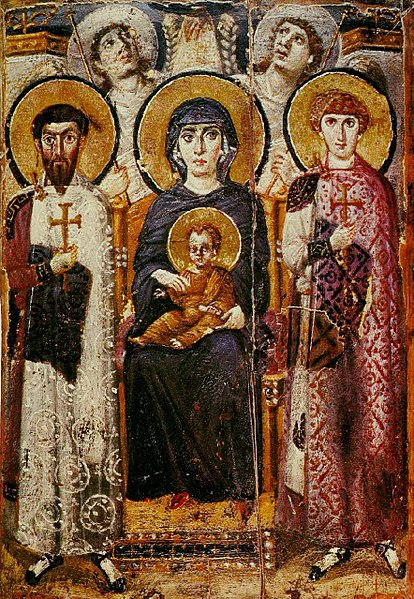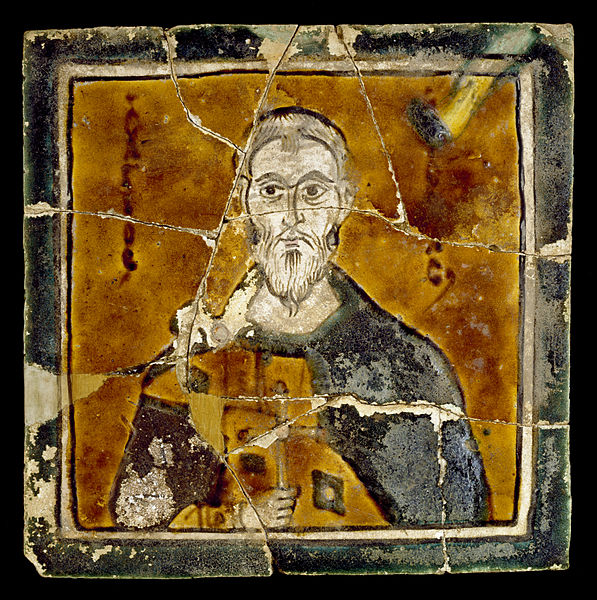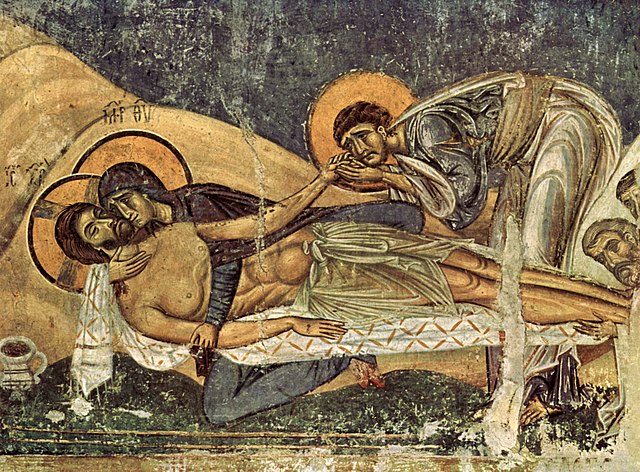Arch of Galerius and Rotunda
The Arch of Galerius or Kamara (Καμάρα) and the Rotunda (Ροτόντα) are neighbouring early 4th-century AD monuments in the city of Thessaloniki, in the region of Central Macedonia in northern Greece. As an outstanding example of early Byzantine art and architecture, in addition to the importance of the Rotunda as one of the earliest Christian monuments in the Eastern Roman Empire, both sites were inscribed on the UNESCO World Heritage List in 1988 as part of the Paleochristian and Byzantine monuments of Thessaloniki.
The Rotunda of Galerius
Rotunda and Arch of Galerius complex reconstruction
The Arch of Galerius and the Rotunda (with a post added minaret), 299-303 AD
The Arch of Galerius
Byzantine art comprises the body of artistic products of the Eastern Roman Empire, as well as the nations and states that inherited culturally from the empire. Though the empire itself emerged from the decline of western Rome and lasted until the Fall of Constantinople in 1453, the start date of the Byzantine period is rather clearer in art history than in political history, if still imprecise. Many Eastern Orthodox states in Eastern Europe, as well as to some degree the Islamic states of the eastern Mediterranean, preserved many aspects of the empire's culture and art for centuries afterward.
One of the most famous of the surviving Byzantine mosaics of the Hagia Sophia in Constantinople – the image of Christ Pantocrator on the walls of the upper southern gallery, Christ being flanked by the Virgin Mary and John the Baptist; c. 1261; 4.08 x 4.2 m
Icon of the enthroned Virgin and Child with saints and angels, 6th century, Saint Catherine's Monastery, Sinai
The Arab Saint Arethas depicted in traditional Byzantine style (10th century)
Frescoes in Nerezi near Skopje (1164), with their unique blend of high tragedy, gentle humanity, and homespun realism, anticipate the approach of Giotto and other proto-Renaissance Italian artists.







